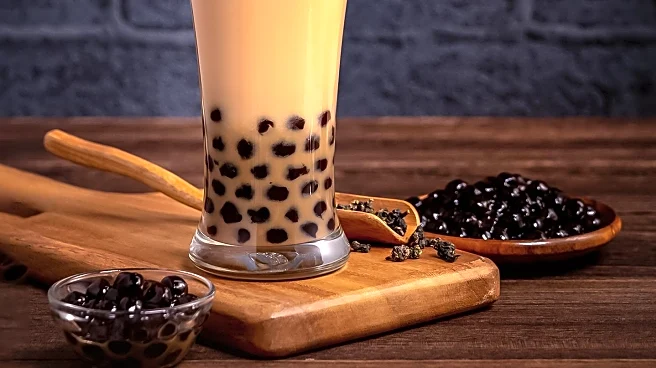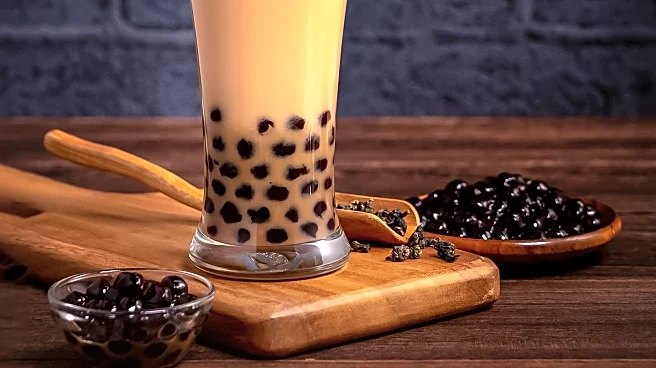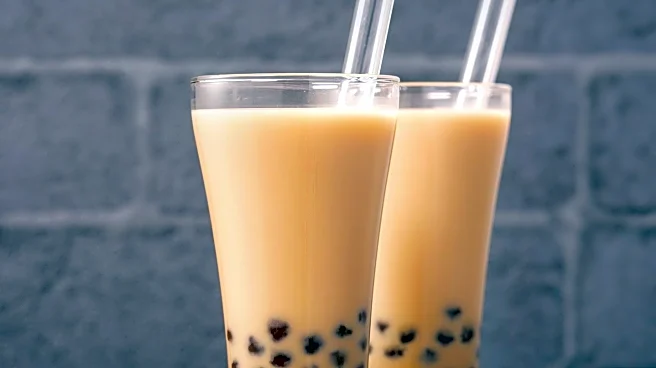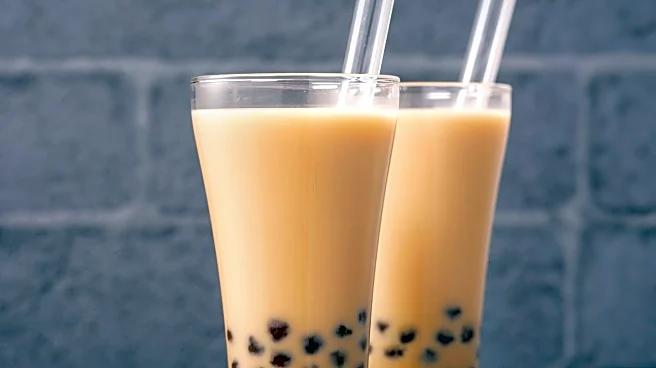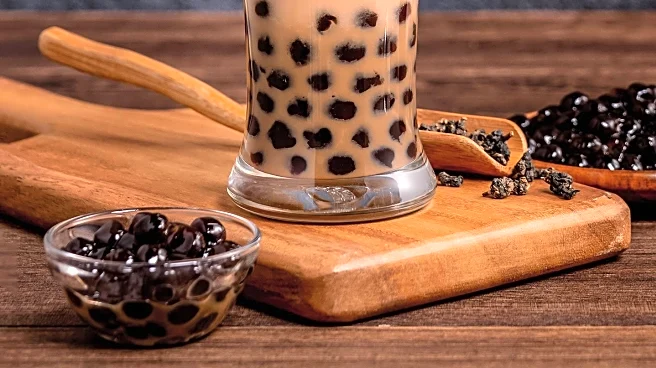What's Happening?
Consumer Reports has issued a warning regarding the presence of lead in bubble tea, a popular drink among young people. Tests conducted on tapioca pearls from major chains like Gong Cha and Kung Fu Tea, as well as packaged boba from Trader Joe's and Wu Fu Yuan, revealed detectable levels of lead. Although the levels are not alarmingly high, the report advises consumers to treat bubble tea as an occasional indulgence rather than a daily staple. Lead exposure poses significant health risks, particularly to children and pregnant individuals, prompting Trader Joe's to discontinue its Instant Boba Kit.
Why It's Important?
The findings highlight the broader issue of heavy metal contamination in food products, which can have serious health implications. Lead exposure is particularly concerning due to its potential to cause developmental issues in children and health problems in adults. This report may influence consumer behavior, leading to increased scrutiny of food safety standards and practices. It also underscores the importance of regulatory oversight in ensuring the safety of popular food items, potentially prompting further investigations into other products.
What's Next?
Following the report, companies involved may need to reassess their sourcing and manufacturing processes to reduce lead contamination. This could lead to stricter regulations and quality control measures in the food industry. Consumers may become more cautious about their dietary choices, opting for products with verified safety standards. Additionally, public health campaigns might emerge to educate consumers on the risks of heavy metal exposure and the importance of a balanced diet to mitigate these risks.
Beyond the Headlines
The issue of lead in bubble tea raises questions about the environmental impact of agricultural practices, as lead absorption by cassava plants is linked to soil contamination. This highlights the need for sustainable farming practices and soil management to prevent heavy metal uptake by crops. It also points to the broader challenge of ensuring food safety in a globalized market, where ingredients are sourced from various regions with differing environmental conditions.


